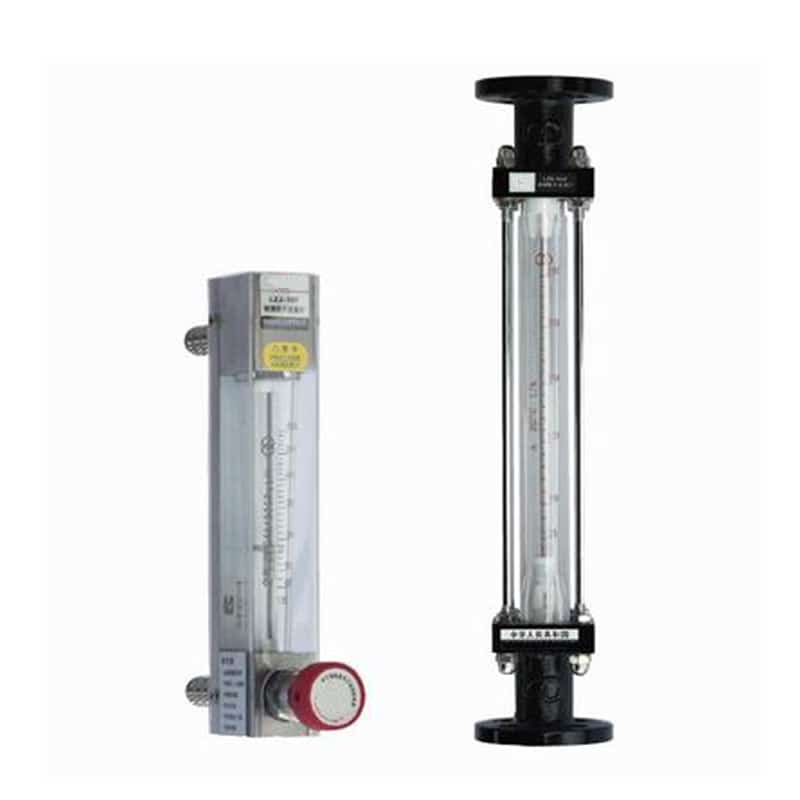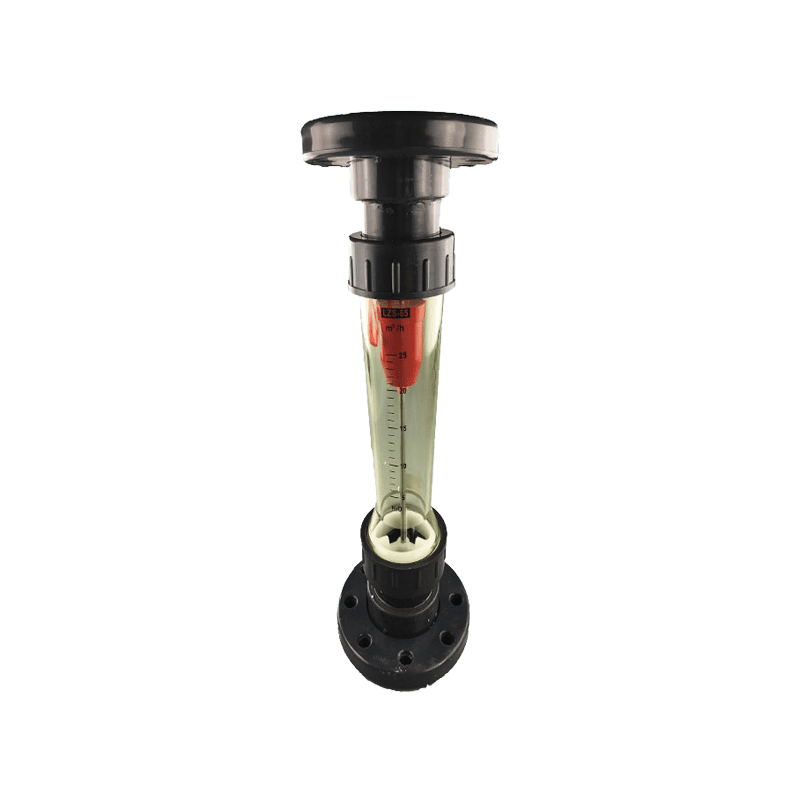The Importance of Flow Meters
A pool or spa flow meter is one of the most overlooked but vital elements in a commercial pool operator’s pump room. This small device will help you understand the overall health of your facility and, in most cases, is needed by your local health department. We will explore the following aspects of swimming pool flow meters.
- What is a swimming pool flow meter?
- What does a swimming pool flow meter do?
- What swimming pool flow meter options are available?
- Where should a swimming pool flow meter be installed?
What is it a swimming pool flow meter and what does it do?
First of all, a swimming pool flow meter is a device that measures the speed of water flowing through a system. The device measures that velocity in gallons per minute. Your pool’s flow rate needs to meet the minimum requirements in order to stay within the operating range in the eyes of the health department. The minimum flow rate in the pool is calculated as follows.
Pool Capacity ÷ 6 ÷ 60 = Minimum Flow Rate (gpm)
There are several features in this equation that need to be pointed out. Let’s explore these features.
- What does the “6” stand for? The 6 represents the number of hours it takes for your water to complete a full turnaround. Turnover is the amount of time it takes your pool to push all the water through the filtration equipment 1 time. Most health departments require your pool to be changed every 6 hours. So that “6” represents the time it takes for your pool to turn over.
- Minimum Flow Rate. The minimum flow rate means that this is the slowest your water can move before it exceeds the 6 hour turnaround requirement given to us by the health department.
After your facility performs this calculation, it is a good idea to write it down or display it somewhere in the pump room so that everyone can determine if the flow rate in your pool is where it needs to be. You can do this by reading the flow meter.
What types of pool flow meters are available?
There are a number of flow meters on the market. They are listed below.
- Analogue
- Digital
- Line up
Let’s quickly explore these different flow meter options.
Analog Swimming Pool Flow Meters
The analog or “old style” flow meter is a clear plastic housing located on a pipe in the pump room. Inside the housing is a metal float. Water flows through the main pipe and the pressure of the water is then injected into the clear plastic flow meter housing. This method is an old-fashioned way to read the flow rate of a system because it lacks the accuracy of other flow meter options.
Digital Swimming Pool Flow Meters
Digital flow meters are usually located within the facility’s automation science controller. These flow meters are accurate and easy to read. They typically display the flow rate on the main screen of the controller box. A few button presses are all that is required on any controller equipped with a flow meter.
In-Line Swimming Pool Flow Meters
In-line swimming pool flow meters provide excellent flow accuracy without the need to install a digital flow meter. Leading manufacturers are innovating so quickly with these in-line flow meters that prices are becoming more affordable every year. This in-line flow meter is one of the leading brands and happens to be one of the more affordable products available.
Where the pool flow meter should be placed?
The pool flow meter should be installed behind a heater (preferably a sanitary feed system) to get the most accurate readings. It needs to be installed to get the fairest readings. Certain components in the pump room can temporarily speed up or slow down, so it is critical that the flow meter be installed away from these areas.
In addition, older analog flow meters required 6′ of straight pipe to get accurate readings, making the analog flow meter a difficult choice for operators with less space in the pump room.
Read more about flowmeters:
Flowmeter for liquid
Chilled water flow meter
Flow meter for hot water
Rotameter working principle


